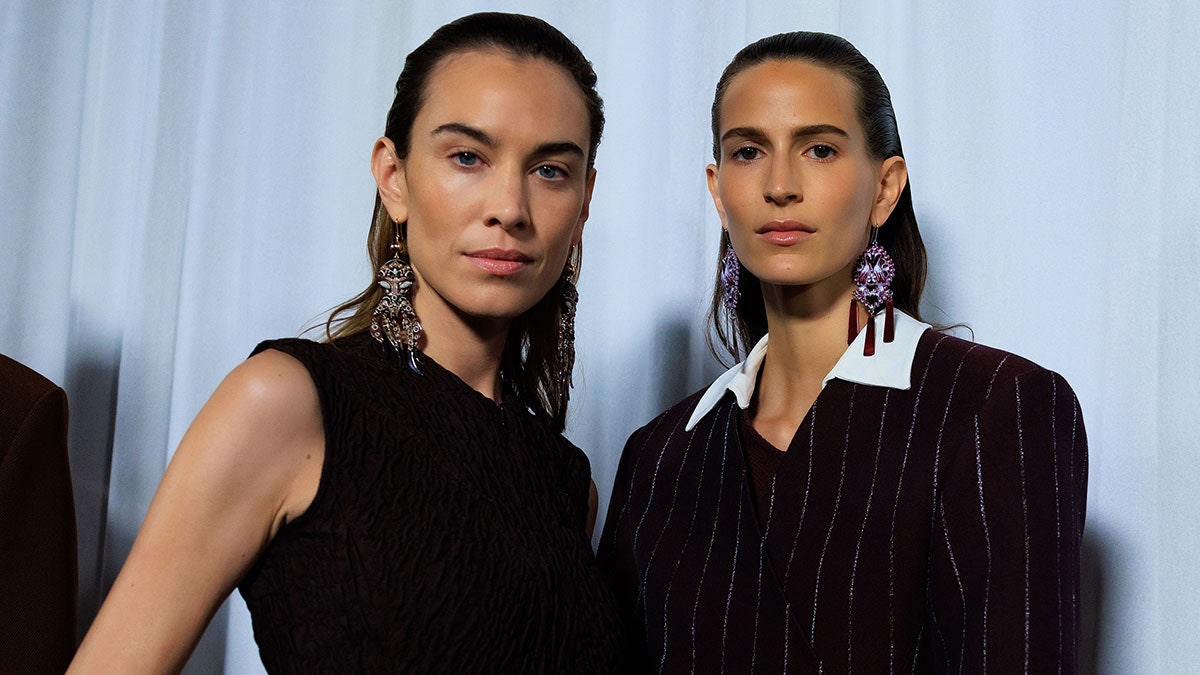
This article is part of our Vogue Business Membership package. To enjoy unlimited access to Member-only reporting and insights, our NFT Tracker, Beauty Trend Tracker and TikTok Trend Tracker, weekly Technology, Beauty and Sustainability Edits and exclusive event invitations, sign up for Membership here.
This Spring/Summer 2025 season, Tory Burch invited social media stars and internet creators, including Maria Georgas, Mandy Lee and Liana Satenstein, to conduct red carpet-like interviews backstage and in the audience at the brand’s show with notable models and guests like Alexa Chung, Jenna Lyons and Love Island USA’s Serena Page. For Tory Burch, the videos generated approximately 13.7 million views for the brand’s TikTok.
Across the shows at New York Fashion Week, an increasing number of creators popped up to carry out video interviews for their audiences as well as put niche spins on runway content. Carolina Herrera partnered with Luke Meagher of @HauteLeMode to introduce and review the collection on TikTok. Moda Operandi tapped TikTok personality Benton McClintock to interview LaQuan Smith, Jonathan Simkhai and Brandon Maxwell backstage. Saks Fifth Avenue worked with freshly viral creator Marty Miller, known for his videos imitating Chat-GPT’s robotic speech, to cover Area’s 10th-anniversary collection in the same tone of voice.
Influencers are, by now, a familiar fixture in the front row at New York Fashion Week. Brand and designer strategies typically follow a formula: tap an influencer — or a crew of them — with big audiences and viral clout to come to the show, snap pics of them in attendance, and hope they talk about your brand and experience at the same time. But this season, brands are taking a more hands-on approach in order to ensure their content at fashion month stands out, as lifestyle and fashion influencers reach peak saturation. They’re reevaluating who they invite to shows, says Lindsey Solomon, founder of lifestyle communications firm Lindsey Media, and are looking for unique content formats and specialities that speak to a community of fans, not just a broad audience. It’s a subtle shift from pure influencers to creators, who share interviews, knowledge and other types of in-depth content with their followers.
“[We] need to see actual pictures of the collection, TikToks and actual video content of what we’re doing,” says Solomon. He adds that what brands want now are creators who promote the shows, not just their appearances at their shows — lest it seem like they’re at just another glamorous event. Solomon encourages lifestyle influencers to take note and evaluate how to expand their types of content and therefore their relationships with brands. “Recently, [an influencer] wrote to me and asked, ‘What can I do better?’ Or, ‘What actually works for your designer?’”
